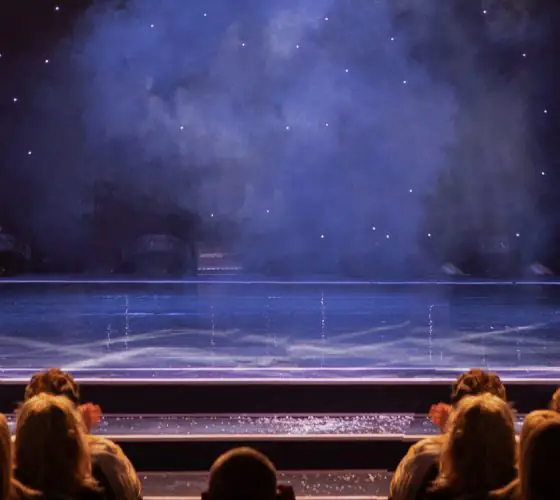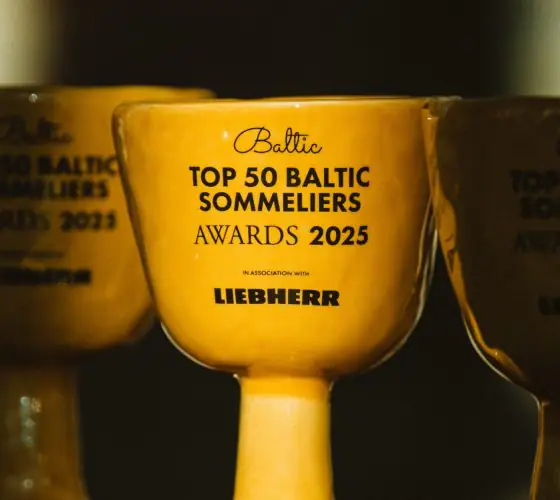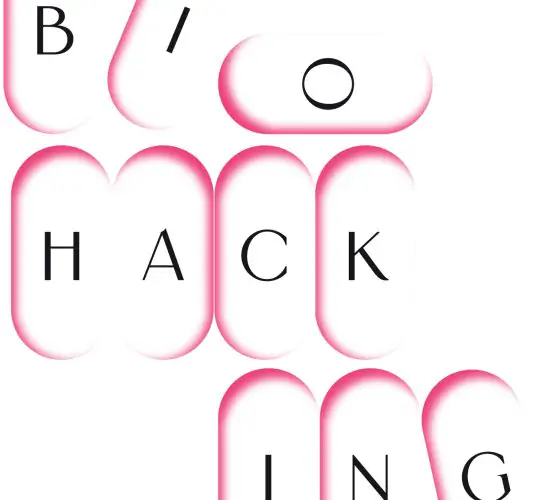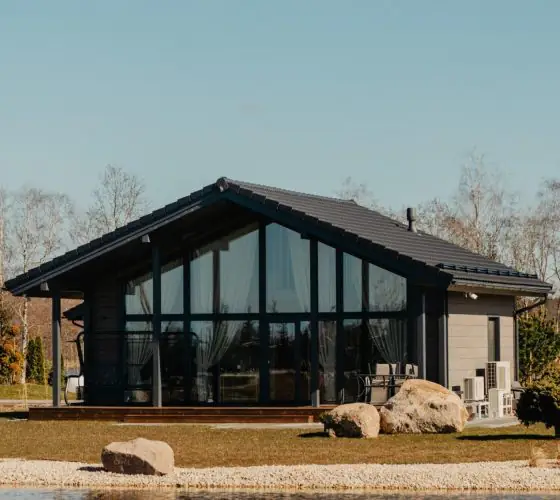
The name of this person is probably familiar to you. You probably know that he is a famous artist. But maybe you did not know that for most of his creative life, Rothko painted in the mysterious style of the colour field, that he often named his paintings by numbers, and that he was born in Latvia.

mark-rothko.org
Marcus Rotkovich
When there was no Mark Rothko, there was Marcus Rothkovich — a boy born in Daugavpils (which, by the way, did not exist either at the time, the city was called Dvinsk). It was a developed city of the Russian Empire, where half the population was of Jewish origin. In 1903, the future artist was born into one such Jewish family. It was calm in Dvinsk, but in other parts of the empire something bad started to happen — Jewish pogroms. The madness became more and more widespread thus Marcus’ father decided to do what many Jewish families did — emigrate to the United States.
Libava (now Liepaja) — steamer “Tsar” — New York — Portland. That’s how Marcus turns into an American. He graduated a year early, received a grant from Yale University, studied there for less than two years and went to New York in search of himself.
How come Marcus Rothkovich, building his career as an engineer, became Mark Rothko — one of the highest-paid artists of the 20th century?
In New York, Marcus (whom we will already call Mark, although he only changed his Jewish name in 1940) attended a painting course because a friend invited him. It was the day. Mark was twenty years old, and he found himself in art.
He began to draw, and — yes — became successful in it. He attended classes in the studios of different masters and worked a lot himself. For example, he became a student of the Cubist Max Weber. It is from this artist that Rothko took the idea of emotional and religious self-expression through art. The phrase “art is not a reflection, but a revelation” will become an epigraph to all his work.
Show the paintings
Times change, the artist changes, paintings change. Rothko can be distinguished by three periods of creativity in which around 836 paintings were created.
Figurative Arts
Perhaps the most popular early series of Rothko’s works (created in the late 30’s) are scenes from the New York subway. Figures in these paintings don’t have their own faces, there is a general tension and innocence while the color accurately conveys the atmosphere of the place and state of characters; that’s what the eternal share of the underground is. Rothko, as most people know him now, does not seem to be here yet. But if you look at the pillars in the painting “Entrance to the metro”, you can catch a small spoiler for the artist’s signature trademark which will appear later. Remember these pillars.

mark-rothko.org

mark-rothko.org
Surrealism
Surrealism or “what’s impossible to comprehend with the mind entirely” came into Rothko’s life at a time when more and more European artists began to appear in America, fleeing the Second World War. Back then they brought the fashion based on Freudian and Jungian unconscious — the roots of surrealism. Rothko couldn’t have missed it.
Rothko’s surrealism is a display of feelings in colors. He believed: “No comments can explain painting. All explanations must come from a completed experience between the painting and its observer. The appreciation of art is a true marriage of the intellects.”

instagram.com/markrothkoart

instagram.com/markrothkoart
Colour Forms
World War II influenced the artists’ views on art greatly. Rothko realized that he could no longer depict the objective world around him. A world in which man is powerless before the fact of war and the destruction that follows it, fear, pain, and evil itself.

mark-rothko.org
He begins to express his deepest feelings in color and by 1950 he completely renounces subject painting. So he began to create multiforms — special colored spots. Later on it is these spots from which his trademark color fields will appear — the final point of his creative search.
Color Field
Before you is the most expensive Rothko painting ever sold — “Orange, Red, Yellow”. 2012, Christie’s auction, $86.9 million.
Most often without frames, canvases depicting colors interacting with each other — this is the painting of the color field. He very rarely gave names to his color fields: they are either numbers or the particular colors depicted in artwork. Obviously, he did this consciously, because the name of the picture already gives some hint of what the viewer needs to see in it. Rothko avoided such hints. He wanted everyone to experience something different when observing his work. So he began to delve into the topic of influence of color on the psyche and soul of a person.

dailyrothko.tumblr.com

bbc.com
Painting as a Religious Experience
But Rothko’s soul was extremely fragile and vulnerable. That is why most of his works also talk about fear, anxiety and pain. Feelings which are traditionally spoken about less often than felt.
“The fact that so many people cry when looking at my art suggests that I can communicate with them in the language of emotions. The people standing in front of my works have the same religious experience that I had when I created them.”
And Rothko believed that his color field works can’t be simply put anywhere: muted lighting, lack of similarities with the works of other artists — these are just a few of his mandatory requirements. Of course, not all galleries are ready to comply with such requirements. But there is at least one place created in accordance with all the wishes of the artist — the Rothko Chapel in the city of Houston, Texas. It opened in 1971, a year before the artist’s death and continues to work to this day.

archpaper.com
This is an absolutely unique project, an order which Rothko received from the monk and artist Marie-Alain Couturier. As a reformer of church art he believed that “in the church, a brilliant atheist is better than a mediocre believer, since any real art is still religious.”
Inside the chapel there are 14 dark, almost monochrome paintings made by Rothko (a symbol of the fourteen stops of the Way of the Cross of Jesus). The atmosphere is complemented by a special mass created by Morton Feldman. Being in this space is a special experience. Whether it is meditation or confession, everyone will feel their own. The main thing is that this place is open to any person, regardless of religion.
Without leaving Latvia
It seems that the only way to understand and feel Rothko is to see the originals with your own eyes. We will please everyone who has this irresistible desire: a little less than three hours from Riga — and you are in front of his works. In 2013, in Daugavpils, Rothko’s homeland, an art center named after the artist was opened in the building of the former artillery arsenal of the Daugavpils fortress.

rothkocenter.com

rothkocenter.com
There are cool modern installations that tell about his life, reproductions, regular events and exhibitions of other artists but most importantly, six artworks of the master himself. All is according to the rules: paintings are in a room separate from the main exhibit – so nothing interferes with immersing and getting to know. And there’s one at all not a banal room called the quiet room.
Silence is so accurate
Rotko lived an emotionally difficult life. A smile would rarely be seen on his face. But his paintings seem to have come to this world with one important task: to allow people to experience soulful adventures. He allowed, no – gave a task – to be sad in front of his works, not understand, cry. And if the main purpose of art is catharsis, Rotko’s works definitely achieved that goal. By depicting his own inner world he depicted the feelings of all the people of the world.
And remember: Rothko is not to be understood but felt.







